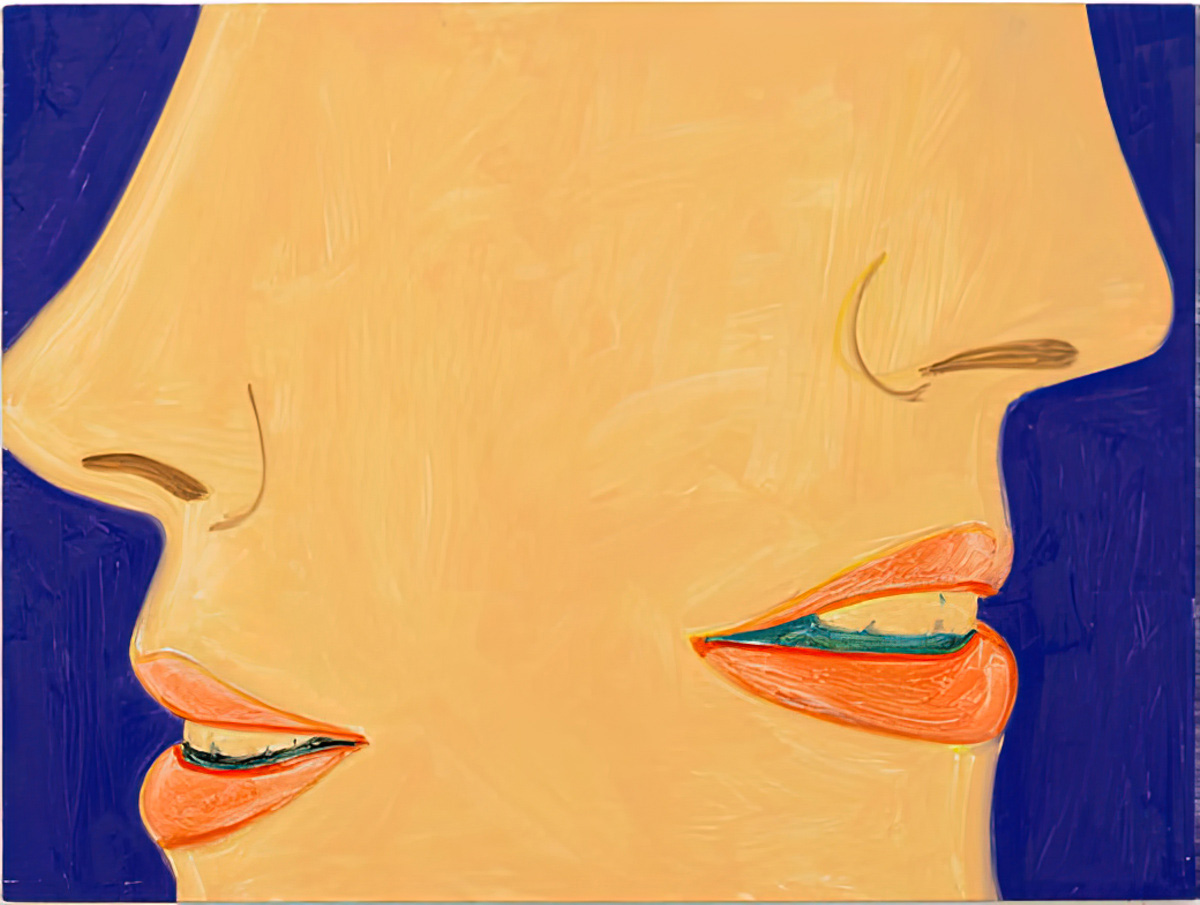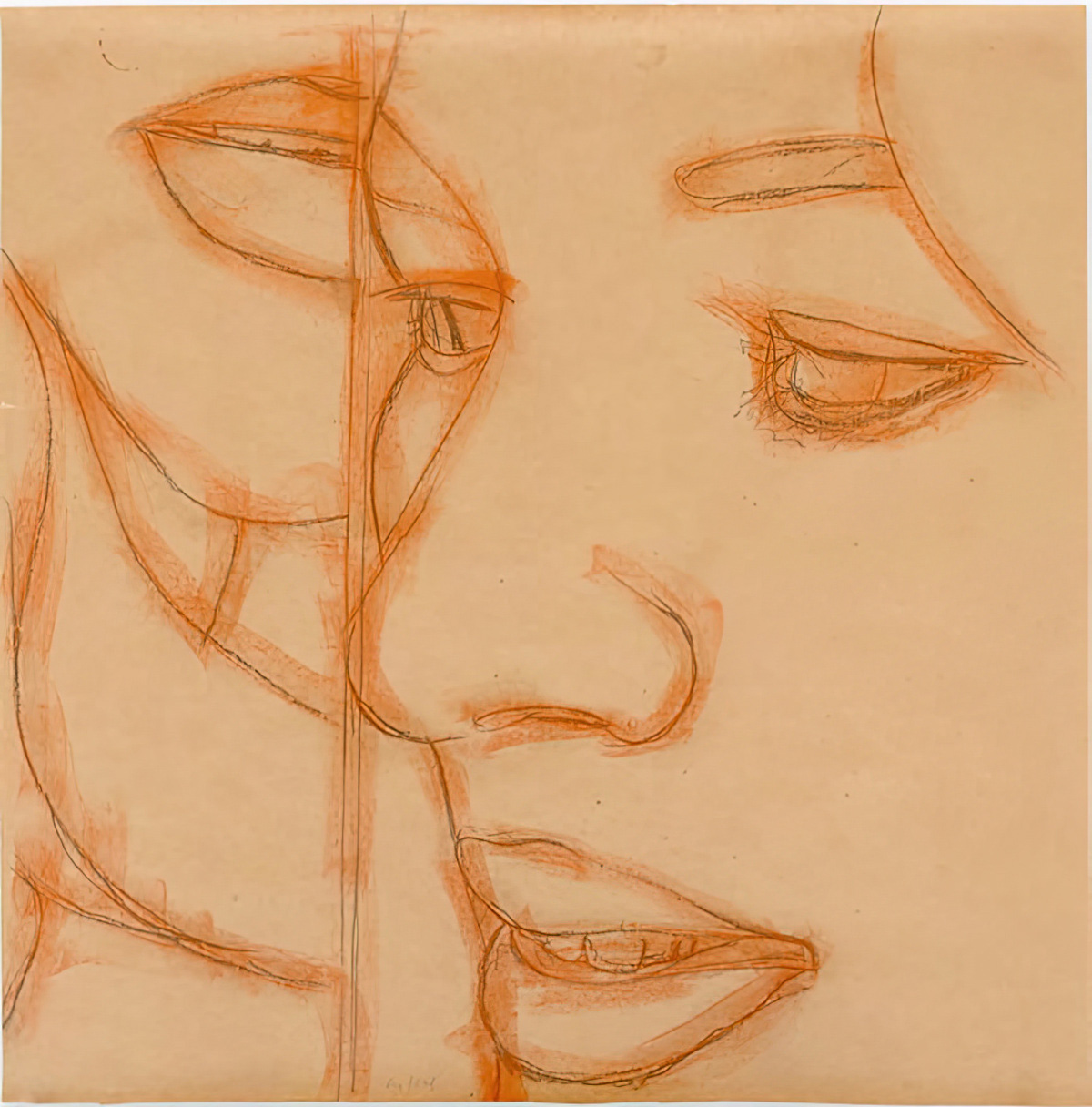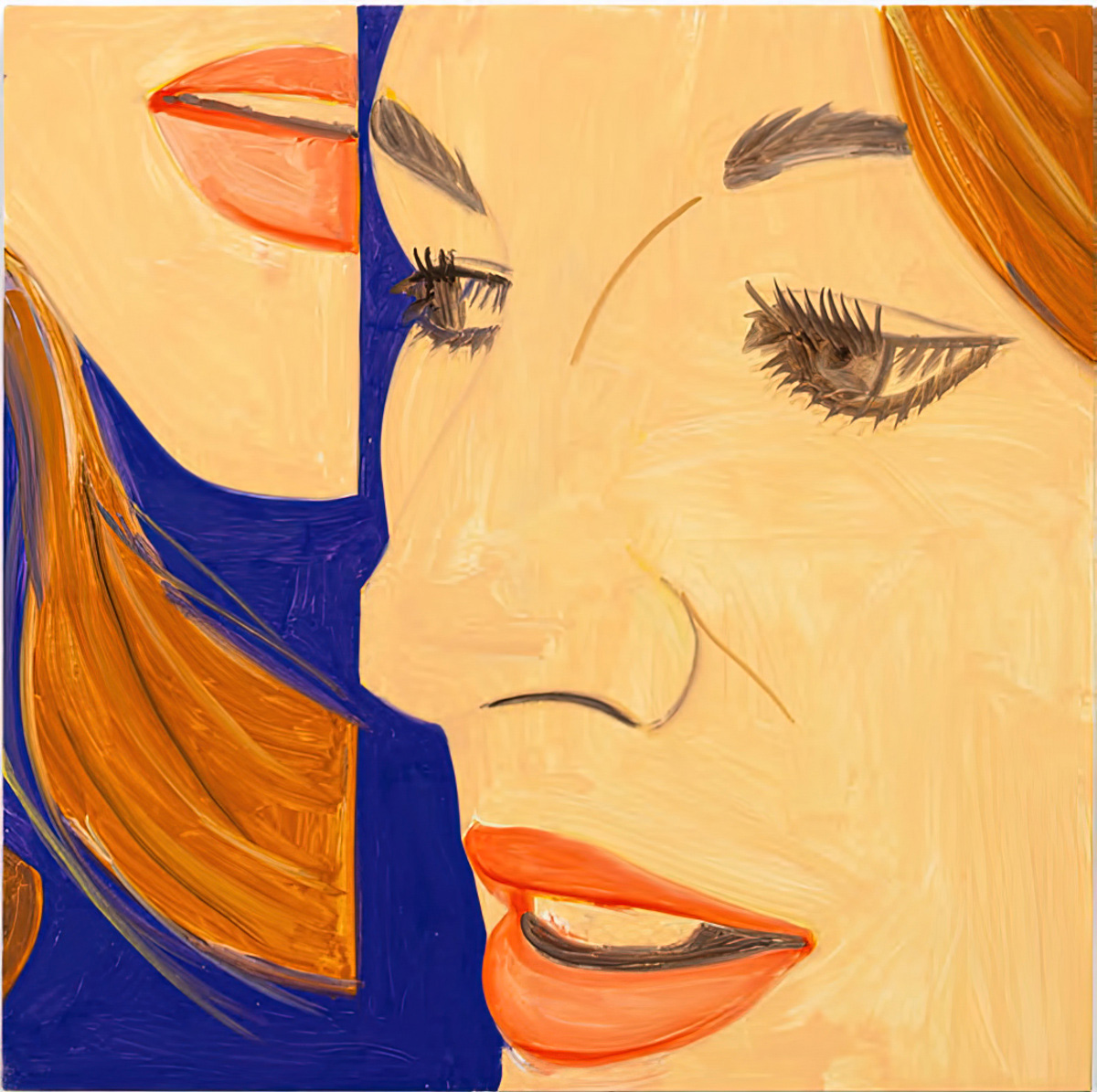ART CITIES: Paris-Alex Katz
 Coming of age as an artist in 1950s New York, Alex Katz developed his unique approach to contemporary representational painting at the height of Abstract Expressionism. Over the seven decades since his first exhibition in 1954, he has produced a celebrated body of work, including paintings, drawings, sculpture and prints. A pre-eminent painter of modern life, he draws inspiration from films, billboard advertising, music, poetry and his close circle of friends and family.
Coming of age as an artist in 1950s New York, Alex Katz developed his unique approach to contemporary representational painting at the height of Abstract Expressionism. Over the seven decades since his first exhibition in 1954, he has produced a celebrated body of work, including paintings, drawings, sculpture and prints. A pre-eminent painter of modern life, he draws inspiration from films, billboard advertising, music, poetry and his close circle of friends and family.
By Efi MIchalarou
Photo: Thaddaeus Ropac Gallery Archive
Alex Katz’s “Purple Splits” is an exhibition of new paintings featuring his ongoing series of fragmented portraits. All produced within the past year, the paintings on view demonstrate Katz’s enduring ability to innovate, and his curiosity as he continues to expand the boundaries of his practice seven decades into his career. here has always been something cinematic about Alex Katz’s work. His crops and close-ups borrow from the dynamics of montage to emulate dramatic camera framings. ‘I loved movies’, Katz writes in his autobiography. ‘I loved the way the wide-angle screen was used, the way the rectangle was broken up.’ In the late 1980s, Katz’s work also took on the scale of the cinema screen as he began creating monumental landscapes he describes as ‘environmental’. Katz’s Splits represent a further exploration of the moving image, reprising repetition – a formal device he used in his early career – and fusing it with ever-closer details of his sitters on a cinematic scale. Set against a ground of deep purple, which contrasts with his model’s pale skin and brings out her dark features and red lips, the portraits on view in the exhibition capture a sense of motion. The face of Ariel, his sitter, is repeated two or three times in each painting, always with a subtle variation in her expression. The tripartite compositions bring to mind early studies of movement, as well as iconic film sequences such as the mirror maze shooting in Orson Welles’s “The Lady from Shanghai” (1947). As a visual device, the split screen also resonates with today’s digital framework, demonstrating Katz’s continued awareness of how society looks at images. Repetition has long been a part of Katz’s artistic vocabulary. His 1960 painting “The Black Dress” (Museum Brandhorst, Munich, Germany) features six distinct versions of his wife Ada, standing or sitting in the same outfit. The composition has been compared to Pablo Picasso’s “Demoiselles d’Avignon” (1907), and compelling arguments have recently been made about the influence of early film on Picasso and Georges Braque, who were both avid moviegoers. But it is the combination of repetition with fragmentation in the new works on view in the exhibition, such as “Purple Split 14” and “Purple Split” 15 (both 2022), that draws an unprecedented connection between Katz, Cubism and film. With an eyebrow following on from the corner of an eye or two noses and mouths facing away from each other, the two-way splits recall the visual strategies of Cubism and, in particular, the “Portrait of Dora Maar” (1937) by Picasso. Katz wrote about his admiration for the painting in his 2012 autobiography Invented Symbols. His own assemblage of features in the new Splits is more drastic than his previous, blending, much like Picasso, different perspectives and fragments of the same face into one impossible and yet captivating image. There is a striking temporal unity in these works, which, as artist and cinematographer Arthur Jafa argues in the Guggenheim exhibition catalogue, sets Katz’s work apart from cinema: ‘it’s not a disavowal of cuts’, he writes, ‘nor is it like real time’. Katz has always defined himself as a painter of ‘the immediate present’. His portraits, like his landscapes, capture a moment, not as an exact likeness, but in terms of its single, irreproducible essence. He sketches out his portraits, most often over a single, hour-long sitting, before scaling up the image onto large-scale cartoons whose outlines he transfers through a pouncing technique – the same method employed by Renaissance painters for mapping out frescoes. Also on view in the exhibition, the cartoons will provide visitors with an insight into the artist’s practice, revealing the traditional process that underpins Katz’s sleek and ‘dazzling’ paintings, as they are often described. At the same time, the sketches form a further doubling of the image and the sitter herself. They demonstrate the primacy of style and technique in Katz’s work, over narrative and content.
Photo: Alex Katz, Purple Split 15, 2022, Oil on linen. 91.4 x 121.9 cm (36 x 48 in), © Alex Katz, Courtesy the artist and Thaddaeus Roppac Gallery
Info: Thaddaeus Roppac Gallery, 7 rue Debelleyme, Paris, France, Duration: Days & Hours: Tue-Sat 10:00-19:00, https://ropac.net/



